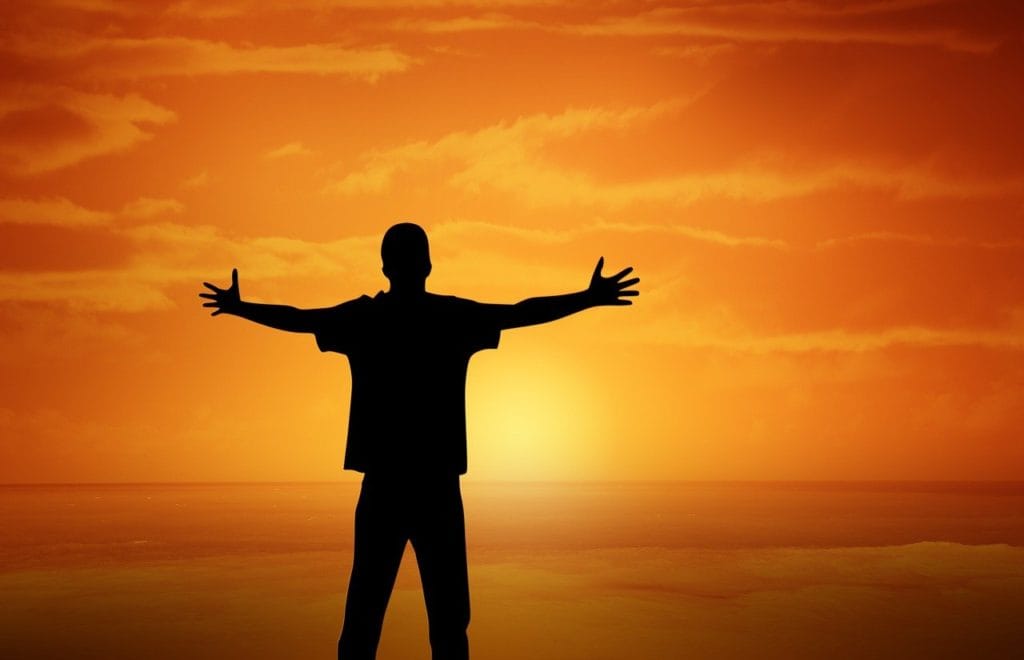Shaun Flores was 11 years old when he first started watching porn, after being introduced to it by a friend.
“I was hooked almost immediately,” the now 30-year-old says.
“It was just like, wow, what is this that people are doing where they look like they’re just having the time of their lives.”
Shaun’s curiosity quickly turned into something that he found difficult to stop.
He describes watching porn morning, noon and night, saying it became as “common as brushing your teeth”.
Shaun has shared his story in a new BBC iPlayer series, Sex After.
“I realised there was an issue when I had no energy to do anything,” he says. “I didn’t want to play football, I just wanted to be inside.
“But there was the guilt and the shame that came with it, and no matter what I tried to do, I couldn’t stop watching it.
“That’s when I knew there was something up.”
While not everyone who watches porn will develop an unhealthy relationship with it, Shaun isn’t alone in his viewing habits.
Ofcom’s Online Nation 2024 report suggests 29% of UK adults accessed online porn in May 2024. Additionally, new research from addiction treatment centre, UKAT, suggests that millions of Britons are viewing pornography regularly – with 1.8 million watching daily, some multiple times a day.
According to treatment providers, more people are seeking help for problematic porn use.
Dr Paula Hall, a UKCP-accredited sexual and relationship psychotherapist at The Laurel Centre, in London, specialises in helping people affected by sex addiction and porn addiction.
“The numbers of clients seeking help with pornography problems at The Laurel Centre have doubled over recent years, as have our requests from health professionals for further training,” she tells the BBC.
Dr Hall explains that they have also seen a growing number of younger people seeking help.
“Ten years ago the majority of our clients would have been married men in their 40s and 50s who were seeking help because their partner had discovered their use of sex workers,” she says.
“But increasingly, our clients are in their 20s and 30s, many of whom are single, who are recognising the growing toll of porn use on their lives and on their ability to get or maintain a relationship.”
‘Once you start it’s quite difficult to stop’
Lee Fernandes, lead therapist at the UKAT Group, also says the number of people they treat for problematic porn use has risen “significantly” in recent years.
They now receive multiple enquiries for help from people struggling with their porn use every single day. Prior to 2020, it was one or two enquiries a week
Fernandes explains that advancements in technology and the subsequent easy accessibility of porn is making it easier for people of all ages to access sexual content online. He believes his is contributing to the increase in people seeking help that he has experienced.
“It’s not very hard for someone to pull out their phone, go onto a site and look at porn, whether they’re 12 years old or 60 years old,” he says. “It is quite troubling.”
According to Fernandes, other reasons for people watching porn online include curiosity, boredom, stress relief and lack of sexual satisfaction.
While porn use might start for these reasons, Fernandes describes it as being “very addictive”.
“It fulfils that dopamine reward system,” he explains. “Once you start it’s quite difficult to stop.”
‘Pornography is no longer confined to dedicated adult sites’
However, while problematic porn use might mimic an addiction, it isn’t diagnostically recognised as such.
Instead, it is categorised as problematic online pornography use (POPU), or compulsive behaviour.
For people who develop this relationship with porn, the effects can be negative.
And for the youngest in society who are growing up with free, hardcore content at their fingertips, the impact of early overexposure can be far reaching.
The Children’s Commissioner for England promotes and protects the rights of children.
Recent research from their office found that, in 2023, 10% of children had seen porn by the age of nine and 27% had seen it by age 11.
“Young people tell me their exposure to pornography is widespread and normalised – with the average age at which children first seeing pornography being 13 years old,” Dame Rachel de Souza, the current Children’s Commissioner, tells the BBC.
“Pornography is no longer confined to dedicated adult sites – children tell me they can see violent content, depicting coercive, degrading or pain-inducing sexual acts on social media.
“The implications of seeing this kind of material are vast – my research has found that frequent users of pornography are more likely to engage in physically aggressive sex acts.”
De Souza adds that it is “vital” for high-quality relationship and sex education to be given parity of importance with other subjects to help young people understand that pornography is unrealistic.
